I’ve been tracking the latest game updates for so long that patch day feels like a holiday I didn’t ask for. In my experience, every week brings fresh patch notes, hotfixes, bug fixes, nerfs, buffs, a “QoL” (quality-of-life) tweak, a new battle pass, maybe a seasonal event, some server downtime, and—if we’re lucky—an actual performance improvement. Sometimes there’s DLC. Sometimes it’s a “live service” thing that changes the meta and makes your favorite build useless overnight. I’m not mad. Well. Okay, I am, a little. But I’m also hooked. I read everything—balance changes, anti-cheat notes, crossplay updates, UI/UX tweaks—like a detective squinting at clues. That’s my hobby. Or my fate. Hard to tell.
Why updates matter (and why they sometimes make me sigh)
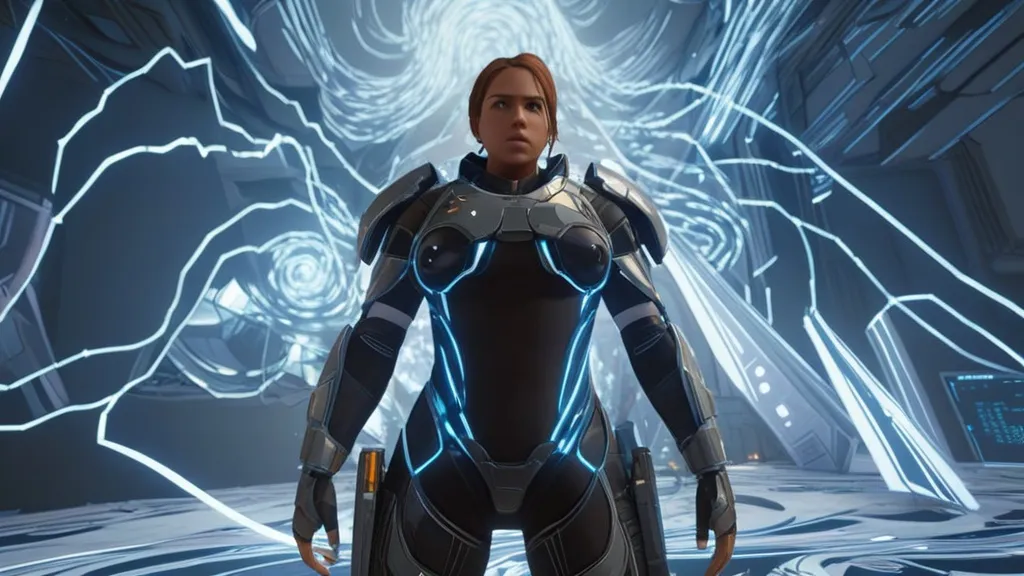
I don’t play the same game for months unless it evolves. I need new toys. New raids, new PvP maps, new events. But I also need games to not explode when I click “Play.” That’s where updates live: between “ooh shiny” and “why is my frame rate screaming.”
Over the last decade, I’ve watched updates go from “here’s a small patch” to “please download 38 GB because we changed a logo.” We’ve all seen the dance: patch notes say “stability improvements,” and then your favorite combo gets nerfed into the floor. Good times.
Patch day: my personal ritual of pain and joy
On patch day, I do the same routine. I make coffee. I skim the notes. I try to guess what broke before I boot the game. Old habit from the days when I learned what a software patch really meant: small code changes can do big, funny things. Like making guns fire upside down. Or turning the lobby into a physics demo. I’m not kidding; I’ve seen lobby chairs fly because someone changed gravity on the wrong tag. Classic.
The live service treadmill I pretend not to love
We live in the age of “games as a service.” Which is a fancy way of saying: the game never ends and your wallet is a character too. I’ve always found that phrase strange, but it’s accurate. New seasons, new events, weekly balance passes—there’s always something. If you want the textbook definition, here’s the boring but useful page on games as a service. If you want my definition: it’s a hamster wheel with great skins.
The good, the bad, and the truly hilarious
The good stuff that keeps me playing
- Quality-of-life tweaks: less menu clicking, faster matchmaking, smarter inventory. Feels small, changes everything.
- Performance optimization: better frame rate, fewer stutters, less “why is my GPU melting.”
- New content: fresh PvE missions, raids, new characters, crossplay support. I like choice. Give me more buttons to press.
- Accessibility settings: remapping, colorblind modes, text size. This is how you keep communities alive.
- Anti-cheat updates: nobody likes wallhacks. Period.
The bad stuff we pretend isn’t that bad (it is)
- FOMO battle passes: “Log in every day or miss this skin forever.” Cool. I also have a job.
- Huge downloads for tiny changes: a 20 GB patch to move a store tab is a crime.
- Microtransactions creep: cosmetic shop updates that quietly shove economy changes into your face.
- Nerfs that miss the point: deleting outliers while leaving obvious exploits. We see you.
- Surprise bugs: new patch breaks your save file. Or your build. Or your will to live.
The hilarious (to me) side of patch notes
- “Adjusted various issues” — translation: we fixed five things and broke three we didn’t list.
- “Improved stability” — my PC crashes less, but only when facing north. Cool.
- “Reduced the frequency of [enemy] spawning” — that means they tripled it in nightmare mode.
- “Minor UI changes” — the inventory is now in a different dimension.
How I read patch notes without losing my mind
What I think is: you only need to learn a few patterns. Developers repeat them, because the problems repeat too. Here’s how I read them.
Balance changes are detective work
If you like PvP or raids, learn to read the language. “Reduced base damage by 12%” doesn’t sound huge, but it can flip the meta. Nerf a top-tier weapon and watch the second-best become the new boss. Buff a support skill and suddenly everyone’s a healer. In my experience, the biggest shifts are small numbers tied to breakpoints (reload speed, headshot multipliers, cooldowns). The real game is figuring out where the new breakpoint sits.
- Buff: usually safe, but watch for over-buffs. Devs yo-yo sometimes.
- Nerf: the devs found a chart that scared them.
- Rework: you’re learning a new class tonight, sorry.
- “Adjusted scaling”: time to test in a private match.
Performance notes are more important than people think
“Improved CPU thread scheduling,” “reduced VRAM spikes,” “shader cache rebuilds”—these are the lines that stop stutters and fix frame time. I keep a test mission I always run. Same path, same fight, same loadout. I check frame rate, 1% lows, and hitching. Nerdy? Yes. Useful? Very. I’ve saved myself hours by spotting a bad driver or a broken patch that way.
Content roadmaps and “soon” timelines
Roadmaps are vibes. Useful vibes, but vibes. The date that says “Q3” means “sometime before Halloween if the servers behave.” I actually like them, though. They help me plan my time around big drops: new zones, seasonal events, endgame tweaks, cross-progression, all that.
My personal “update cheat sheet” (plain-text tables)
These are simple, like a napkin note I keep on my desk. Not fancy, just honest.
- Update type: Hotfix — Feels like: tiny — Real impact: can fix the worst crash — My action: test for 10 minutes.
- Update type: Minor patch — Feels like: small — Real impact: stealth nerfs, UI tweaks — My action: read all balance lines.
- Update type: Major patch — Feels like: new game — Real impact: meta shift, new bugs — My action: backup saves, wait 24 hours if you’re mid-campaign.
- Update type: Seasonal update — Feels like: party — Real impact: FOMO, new currency — My action: check battle pass math before buying.
- Update type: Expansion/DLC — Feels like: vacation — Real impact: content + power creep — My action: re-learn your build.
- Note language: “Adjusted” — Translation: we messed with numbers — Risk: hidden nerfs.
- Note language: “Fixed an exploit” — Translation: your farm spot is dead — Risk: economy shock.
- Note language: “Improved hit registration” — Translation: PvP might feel new — Risk: aim assist drama.
- Note language: “Reworked progression” — Translation: grind changed — Risk: your old routine is gone.
The messy art of live events
I like seasonal events. I also like my sleep. When an event starts at 2 a.m. my time, I just skip the first day. The trick with events is understanding the reward curve. If the premium track gives a skin you love at tier 98 and you have three weeks and a job, that’s a no from me. I’ve seen people burn out grinding dailies for a charm. Don’t. Touch grass. Or at least touch another game.
Store updates and the “silent” economy patch
Sometimes the store rotates and they tweak prices. They might not say it. Watch for changes in bundle math, token refunds, or new currencies. I keep a simple rule: never buy on day one unless it’s limited and I actually love it. Most things come back. And if they don’t, there’s a reason, and it’s usually messy.
Crossplay, cross-progression, and controller drama
Every time a game flips on crossplay, someone yells about aim assist. I’ve done both sides. Mouse feels snappy, controller feels human. When the patch notes mention input-based matchmaking, read twice. If they change it, the lobby vibe changes too.
Server downtime, maintenance windows, and how I plan around them
There’s an art to picking your play time. Most games hit maintenance early in the morning local time (for the devs, not you). I keep a simple plan:
- Check the launcher message for maintenance time.
- If there’s a major release, add 30–60 minutes of “surprise downtime.”
- If it’s day one of a giant season, just assume the login queue is a mini-game.
I learned this the hard way during a raid launch that started during my lunch break. I spent 40 minutes watching a spinning wheel. Great wheel. 10/10 spin.
How I decide whether to patch now or wait
- If I’m in the middle of a long story mission: I wait a day.
- If I see lots of “crash on startup” posts: I wait for a hotfix.
- If it’s just a balance patch and I’m doing PvP tonight: I patch now and go practice.
- If it’s a massive patch and I’m low on SSD space: I cry a little and then clean screenshots.
My simple patch day checklist (more plain-text table vibes)
- Backup: copy saves, configs, and keybinds — especially if the game is “touchy.”
- Drivers: GPU drivers up to date? If not, I skip unless they fix a known issue.
- Storage: at least 25% free space on the drive for decompression.
- Notes: skim patch notes, search for my class/weapon/build keywords.
- Test: run my usual benchmark route for 5 minutes.
When updates hit esports and endgame
Small changes can swing tournaments. A tiny recoil tweak can shuffle the whole leaderboard. If you’re into competitive play, follow the dev’s test server or PTS notes closely. Watch scrims after a patch to learn where the new meta heads. In raids, pay attention to animation cancel windows and buff durations. Twelve seconds down to ten? That can nuke a whole rotation.
On bugs I keep seeing again and again
- Audio desync: footsteps delayed after “stability improvements.”
- Invisible walls: level tweaks that forgot collision flags.
- Save corruption: fast-travel plus quit-to-menu timing issues.
- UI overlap: 4K scaling breaks menus.
- Cosmetics vanish: inventory caching fails after store refresh.
Doesn’t mean devs are lazy. It means code is complicated, and shipping patches is a knife fight. I’ve done enough QA to know: if it can break, it will break when a million people poke it in a way nobody expected.
How devs talk vs. how players hear (a tiny translation grid)
- Dev: “We tuned economy balance.” — Player: “You nerfed my favorite grind.”
- Dev: “We removed a problematic modifier.” — Player: “You removed the fun button.”
- Dev: “We improved networking.” — Player: “Hit reg might finally work.”
- Dev: “We’re monitoring feedback.” — Player: “We’ll see in six weeks.”
Being patient without being a doormat
I like giving teams time to fix things. But I also leave feedback. Clear, specific, short. “X mission crashes at the 3rd wave on PS5; happens after using ability Y.” That helps. “Your game is trash” does not. Report bugs, include steps, attach logs if you can. It really does speed up hotfixes.
Data miners, leaks, and why I read them anyway
Leaks are messy. Fun, but messy. I try not to ruin surprises for myself, but I do skim data-mined items to see what’s coming: new maps, early balance hooks, test files. If the live build accidentally ships a weapon with test stats, I want to know before my ranked match that night.
Where I track news (and what I ignore)
I follow dev blogs, official Discords, and patch note hubs. If I’m being honest, I ignore rage bait clips unless three different people confirm. If you like my flavor of grumbling and joy, my backlog of update breakdowns lives on my author page. That’s where I stash the long rants and the quick “is this worth it” notes.
The “update economy” nobody talks about
Every change to loot tables or drop rates shifts the in-game economy. When they “fix an exploit,” prices rise. When they add a new high-level activity, inflation hits and your old gear feels weak. Smart devs publish the numbers. Others don’t. If they don’t, the community does it for them with spreadsheets and testers. I’m grateful for those nerds. They save me time. And money.
Predictable trends I expect this year
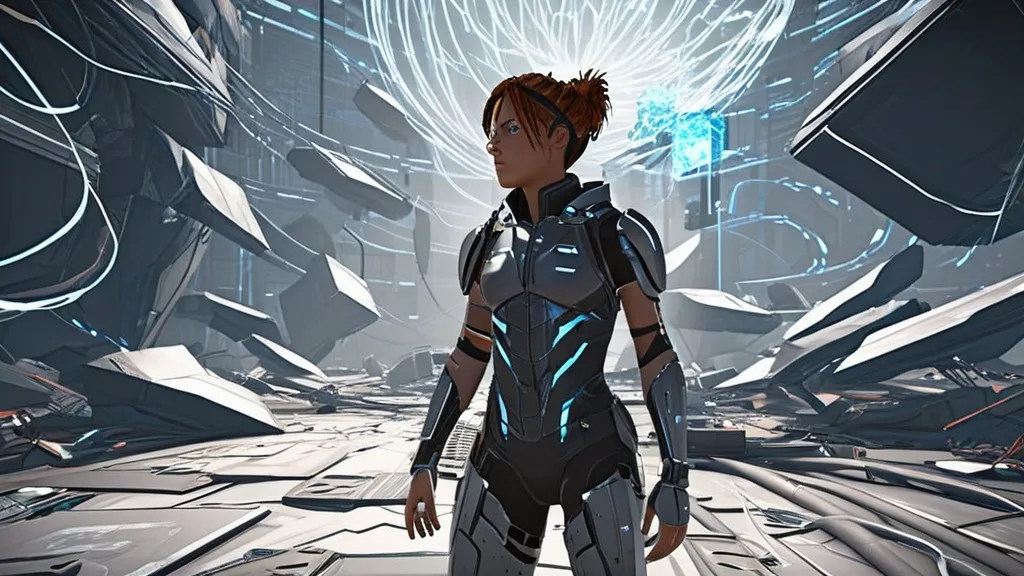
- Smarter anti-cheat with machine learning (fewer false bans, I hope).
- Modular downloads: pick languages, skip HD textures, save space.
- Cross-progression for more titles. It’s 2025. Please.
- Better controller gyro support on PC. Finally.
- More limited-time modes rotated weekly to spike engagement.
Nothing wrong with any of that. I just want patch sizes that don’t make my SSD cry.
Things I wish devs put in every patch note
- “Here’s what we tested and what we couldn’t.” Honesty helps.
- “Known issues” list. Saves player time. Saves support tickets.
- “Performance profiles” by hardware classes. If you improved CPU-bound areas, say so.
- “When is the next patch.” Even a rough window is fine.
When updates are a net win (my quick rubric)
- Playtime feels smoother after 20 minutes? Win.
- My build isn’t dead, just different? Acceptable.
- New content that respects my time? Win.
- Crash count goes up? Loss, no matter how shiny the store is.
Small choices that save you headaches
- Set your platform to “don’t auto-update” if you’re mid-campaign.
- Follow one reliable community tester for your genre.
- Keep two presets for graphics: “pretty” and “patch day safe.”
- Write down your keybinds somewhere outside the game.
My not-so-secret love for changelogs
I read them in bed. Yes, I’m that person. There’s something peaceful about a well-written changelog. Good ones are like a tour: here’s what we changed, why we changed it, and what we’re still watching. Bad ones feel like a legal document taped to a loot box. I know which team I want to support.
Case study vibes: one week, three games
- RPG I love: small patch says “fixed crash when loading zone X.” The hitch I had for weeks vanished. Silent victory.
- Competitive shooter: stealth nerf to aim assist range. Console lobbies feel weird for two days, then people adapt.
- Co-op looter: “Adjusted drop rates.” Translation: new event wants you to grind a different mission. I did it. It was fine. Not amazing. But fine.
Random things I keep an eye on
- Matchmaking times after a patch: if they spike, something broke or the population split.
- Endgame timers: if bosses melt faster, a buff slipped in somewhere.
- Controller dead zone defaults: devs love to “tune” these and not tell anyone.
- HUD font sizes: new UI reworks often bloat or shrink text.
Two truths and a take
- Truth: patches save games.
- Truth: patches also break games.
- Take: good studios ship small and often, and they talk like humans.
If your team can explain a nerf without sounding defensive, I’m already more patient.
A tiny glossary for friends who don’t live on forums
- Hotfix: a small, fast update to fix a big problem.
- QoL: quality-of-life tweaks that make the game easier to use.
- Nerf/Buff: make something weaker/stronger.
- Meta: the most effective way to play right now.
- PTS/Beta branch: a test version of the game.
- Crossplay/Cross-progression: play with others on different devices/keep your progress across devices.
Why I still get excited on patch day
Because sometimes, a line in the notes changes everything. A cooldown shaved here, a spawn timer adjusted there, a new mission that hits just right. That’s the fun part. That mystery. That feeling that your game is alive and moving, even if it trips over a coffee table now and then.
On reading the room
Community mood matters. If the subreddit is in meltdown because the update destroyed a favorite build, I don’t call them dramatic. I try the build. Sometimes they’re right. Sometimes a small tweak makes it workable again with a different mod or attachment. I tinker. I enjoy the tinkering more than I should.
The “don’t panic” paragraph
If a patch feels bad, give it 48 hours. Let a small hotfix land. Watch a guide or two. Ask in your clan. Half the time, there’s a workaround or a new strategy. The other half, yeah, the patch stung. It happens. I’ve rage-quit a season and come back the next one, happier.
Where I’ll leave this today
I could keep going—all day. You already know that because I have a type: I’m the person who reads changelogs with coffee and then tests pistols in the training range like I’m on payroll. I’m not. I just like seeing how systems shift after updates. And yes, I’ll be here next week when the next patch hits and breaks jump timing again. It’s the circle of life. Or the circle of patches. Same thing, really.
FAQs
- Do I need to install every update right away? — If you’re mid-story and things work, wait a day. If it’s a bug fix that hits a crash you have, install now.
- Why did my frame rate drop after patching? — New shaders, new drivers, or a sneaky setting reset. Try verifying files and rebuilding shader cache.
- How do I tell if a nerf is huge or tiny? — Look for breakpoints: damage thresholds, reload speeds, headshot multipliers. If those change, it’s big.
- Are battle passes worth it? — Only if you’ll play enough to hit the rewards you actually want. Do the math before buying.
- What’s the best place to read honest patch info? — Official notes first, then community testing posts or videos. I also post my breakdowns on my own site when I have time.

James Carter: Your competitive edge. I cover Patch Notes, Speedruns, Battle Royale Strategy, Multiplayer Trends, and Game Dev Insights. Let’s get into it!
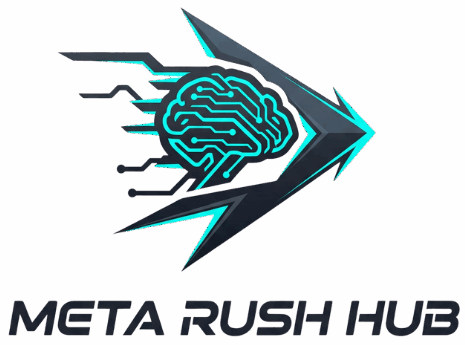
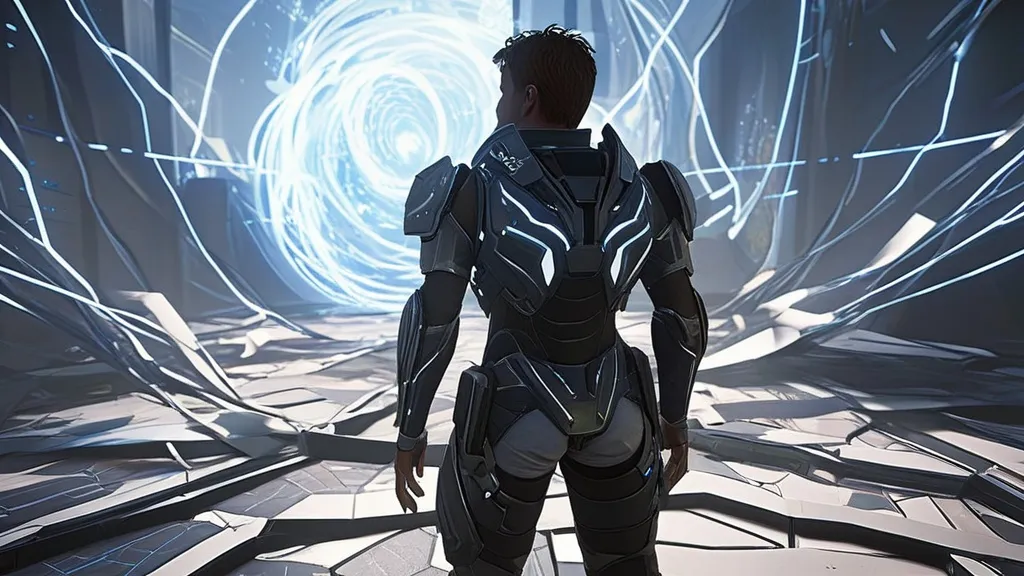
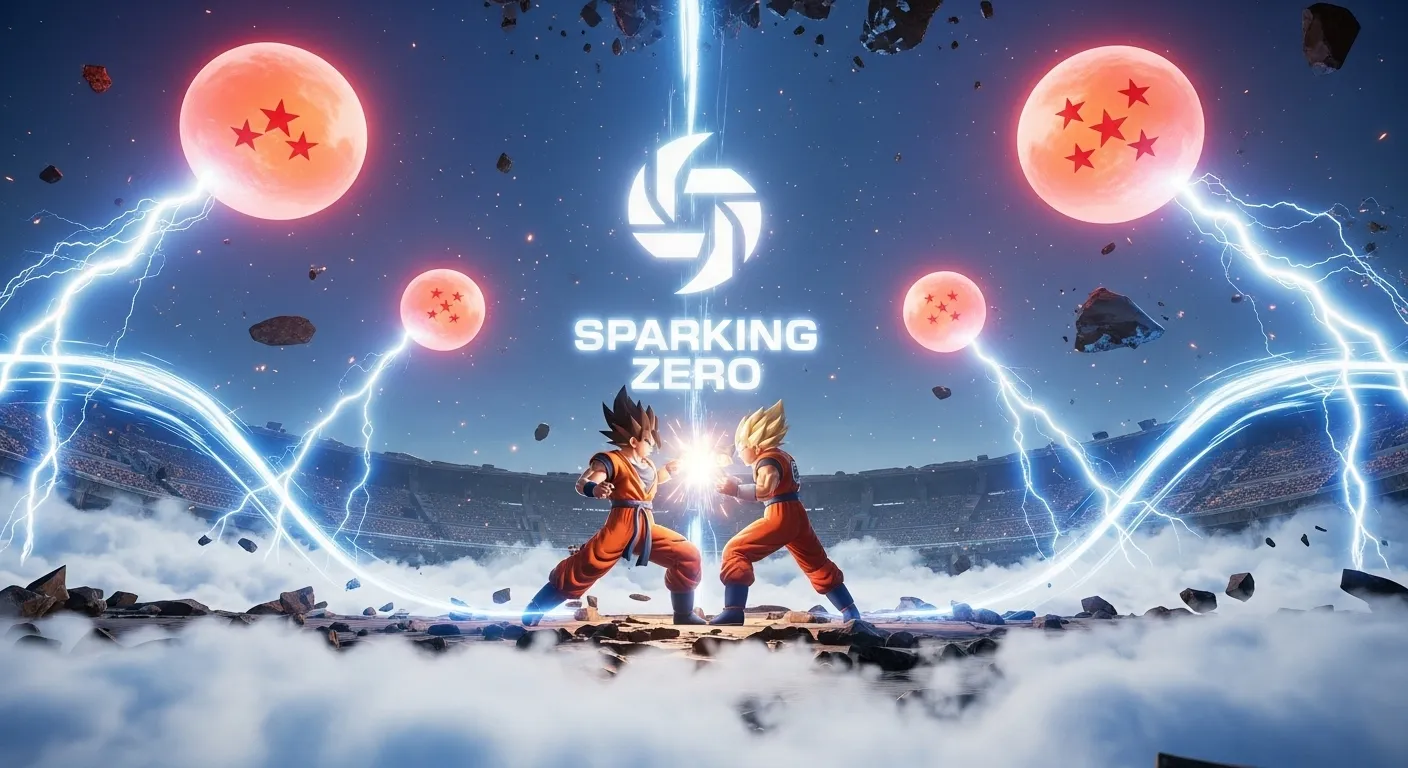
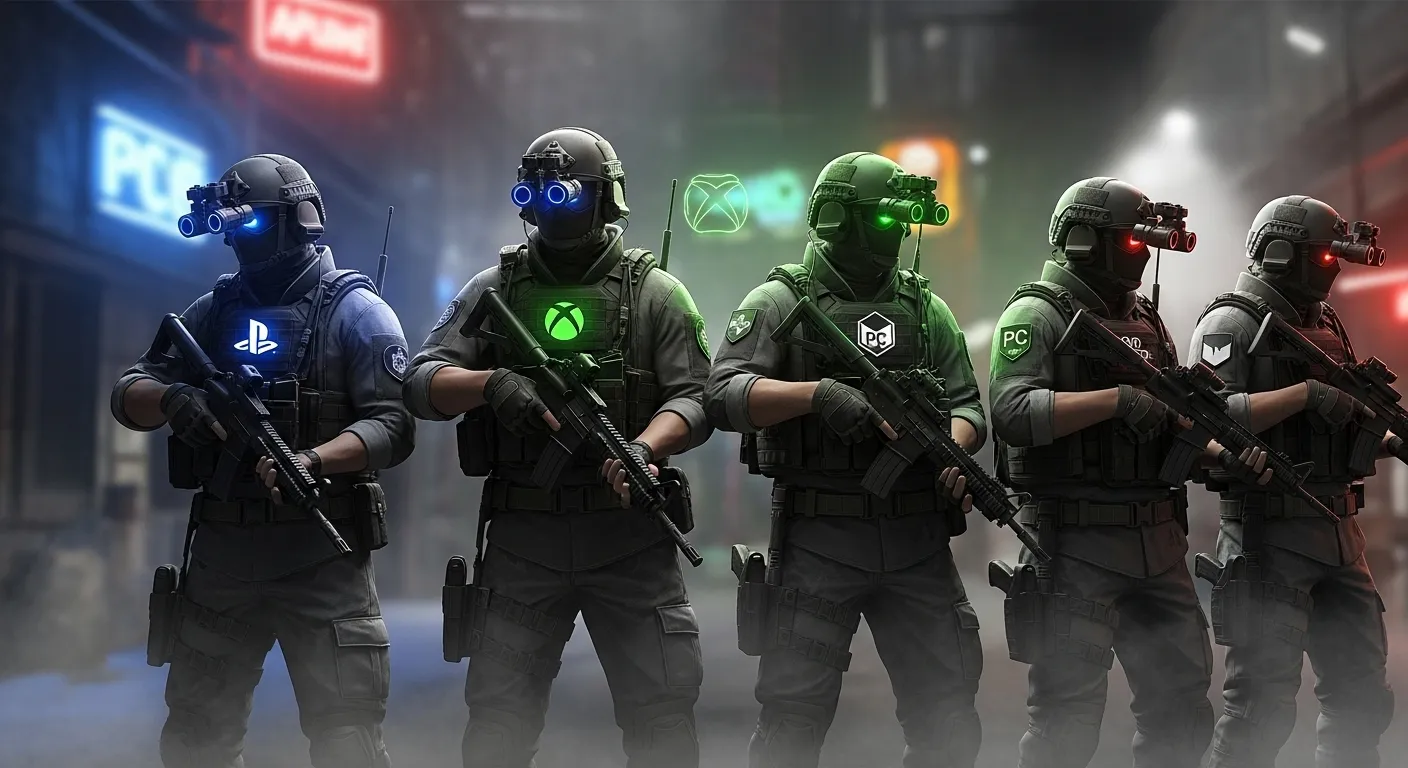
Love the insight into the world of patch days and game updates. It’s a delicate balance of pain and joy.
I thought I was the only one addicted to patch notes, but clearly, I’m not alone. It’s a love-hate relationship!
Updates keep the games fresh, but also bring unpredictable changes. Patch days provide a mix of excitement and frustration.
I’m here for the patch day rollercoaster, from nerfs to performance improvements. The good, bad, and hilarious in gaming.
Do you ever miss the days when games just worked? Today’s updates seem more troublesome than helpful.